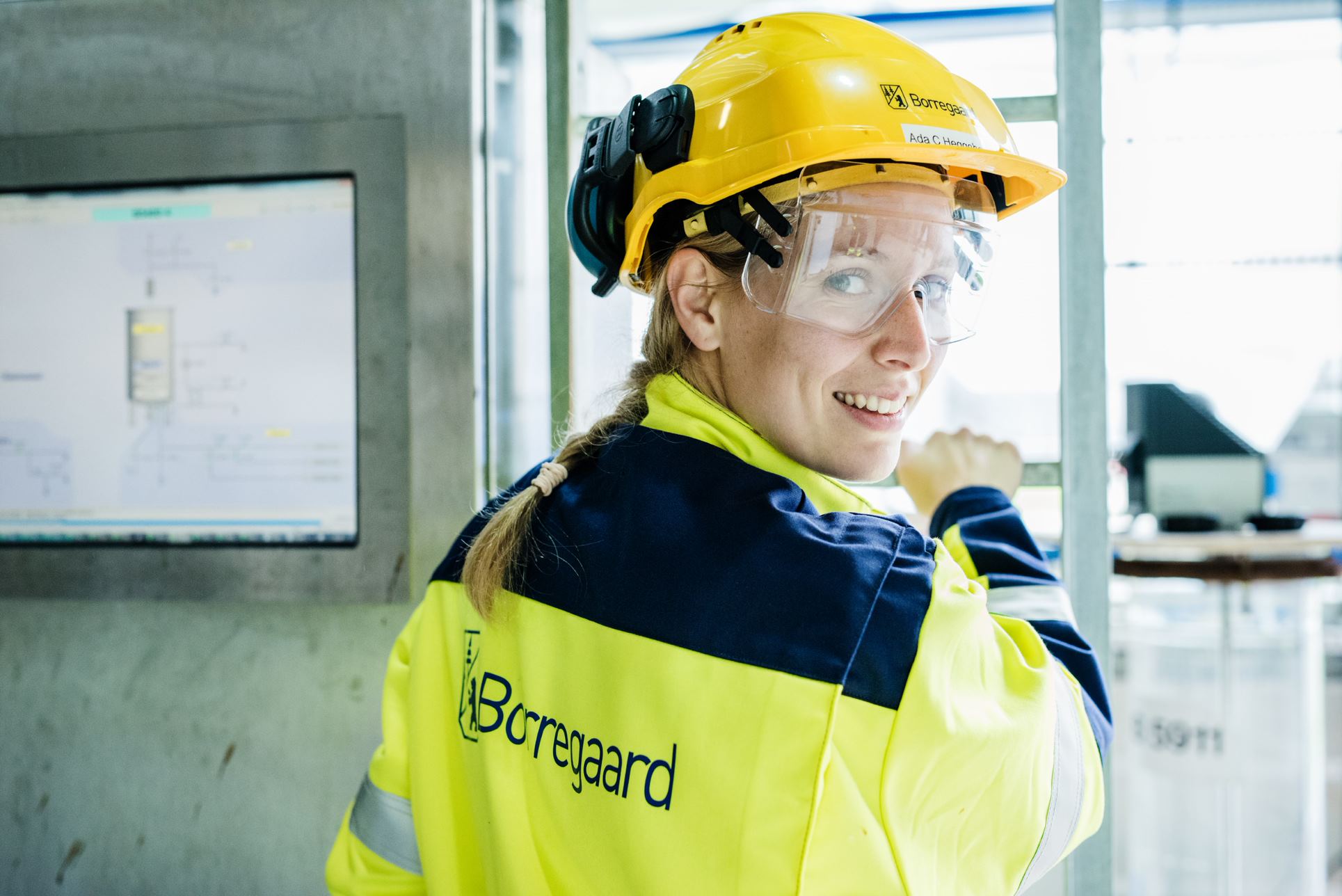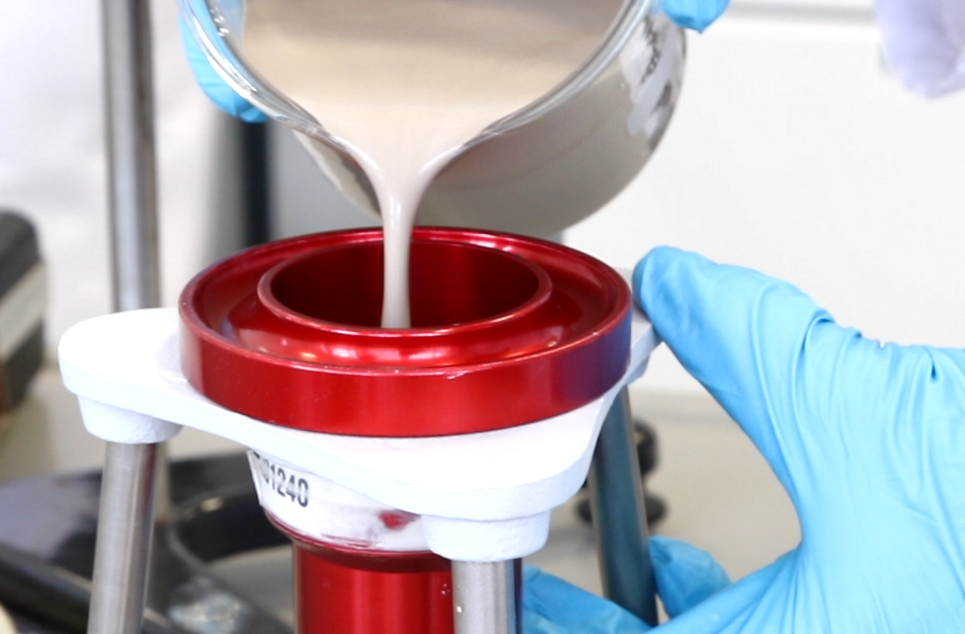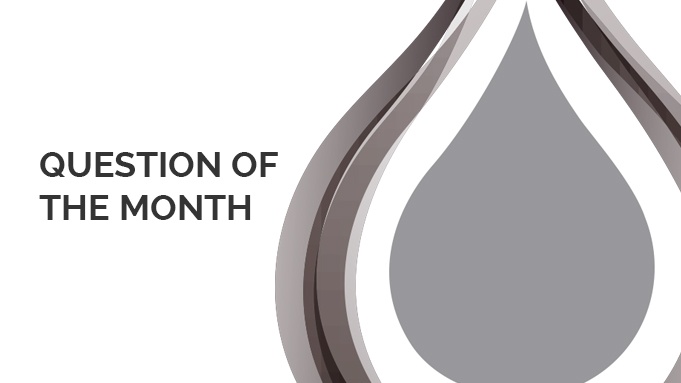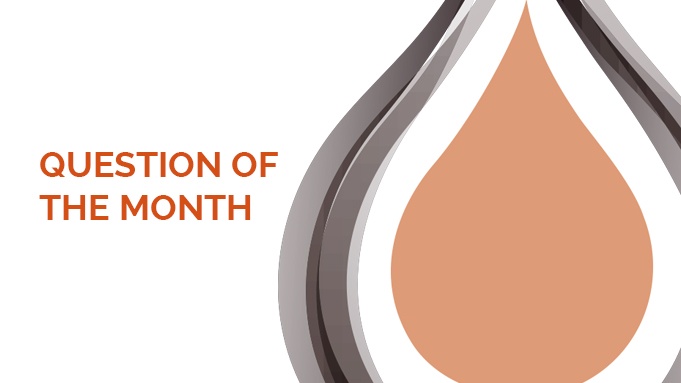Various amounts of water are added within brick and tile manufacturing depending upon which process route you choose. A stiff extrusion may have water content as low as 10% while a soft mud factory may be as high as 30%. With hand made and water-struck products, this water addition value may even go higher. However, although these levels of water may be advantageous for manufacturing, they still require to be driven out during the drying process to enable the products to be fired.
Replace Ukrainian clay and maintain quality in your tile production
By Yaiza Paños 29-Jan-2020 15:37:21
Large, thin tiles have become great trend in the ceramic industry and lately the market has responded with higher demands for those sizes. However, manufacturing these big slabs involves some big challenges. The difficulties tile makers face when producing these sizes are related to the mechanics of the tile, the manufacturing methods and the raw materials. One of the greatest challenges has been the conflicts in Ukraine, where most of the clay to manufacture these types of tiles comes from. This has affected significantly the market pricing.
Temaer: Decorative, large tiles, Clay additives, optimization, cost reduction
Importance of technical support in the use of structural clay additives
By Jonathan Savage 10-Jan-2020 13:04:33
Technical support is key to ensure that you are using the right clay additive at the correct addition rate. We should always count on a technical specialist, in order to achieve the maximum efficiency of your process and depending on what you are using our additives for, we should take different actions and carry out specialized tests.
Temaer: Structural, Clay additives, optimization, bricks, technical support
Cellulosic compounds are not new into the Ceramic Industry. They have been used in ceramic bodies for a long time.
In ancient cultures, straw could be used to bring porosity to clay, easing water entrance and hence increasing its workability. It would also provide some air entrance, helping in the drying process, that would take place in the open air. This is useful in hand-made products and in low-automated processes.
Temaer: Structural, Plasticity, Clay additives, extrusion
In today’s economic climate and with manufacturers desire to ensure strong sales whilst optimizing profits what options are open to help reduce costs in production?
One could probably summarize that the “easiest” options available to reduce costs could be raw materials, production, drying and firing and reducing losses - in fact it could be argued that all of these options go hand in hand.
Temaer: Structural, Clay additives, optimization, bricks, cost reduction
QUESTION OF THE MONTH: How to reduce costs in ceramic production
By Yaiza Paños 05-Apr-2019 09:59:00
Reducing production costs has always been an important topic for ceramic manufacturers. There are many ways to reduce costs, but it is not always so easy to do so when you want to achieve high quality results. We can give you a few tips to reduce your manufacturing costs without affecting the final product. This month we will go over cost reduction in both decorative tile and brick and roof tile production, so don’t miss our blog posts!
Temaer: Question of the month, Clay additives, cost reduction
Kiln firings: History, development and types of Structural kilns
By Jonathan Savage 14-Mar-2019 13:17:57
Throughout the centuries of brick and tile making the manufacturing, drying and the firing of the products has continued to evolve to ensure demand, styles and supply are met. However although manufacturing and drying are based on a small number of routes which continue to evolve the firing process has probably seen the most changes over this time frame.
Temaer: Structural, Clay additives, optimization, bricks, kilns
This month we will talk about kilns. From their importance during the manufacturing process of both bricks and tiles, to new kilns and trends we can find nowadays. We have asked some questions to our ceramics experts and here is what they have told us.
Temaer: Question of the month, Clay additives, kilns
Clay bricks have featured as a construction product for thousands of years with evidence of their use dating as far back as the time of the Roman Empire. It is a material prevalent across the UK's built environment today and continues to be a fundamental ingredient in modern architecture.
Temaer: Structural, Clay additives, optimization, bricks
In today’s question of the month we talk about bricks and challenges of manufacturing. During last year we wrote several articles on bricks; how to optimize production, how to increase extrusion rates and how to reduce cracking... This month we will talk about brick manufacturing and how to improve the process.
Temaer: Structural, Question of the month, Clay additives, bricks












